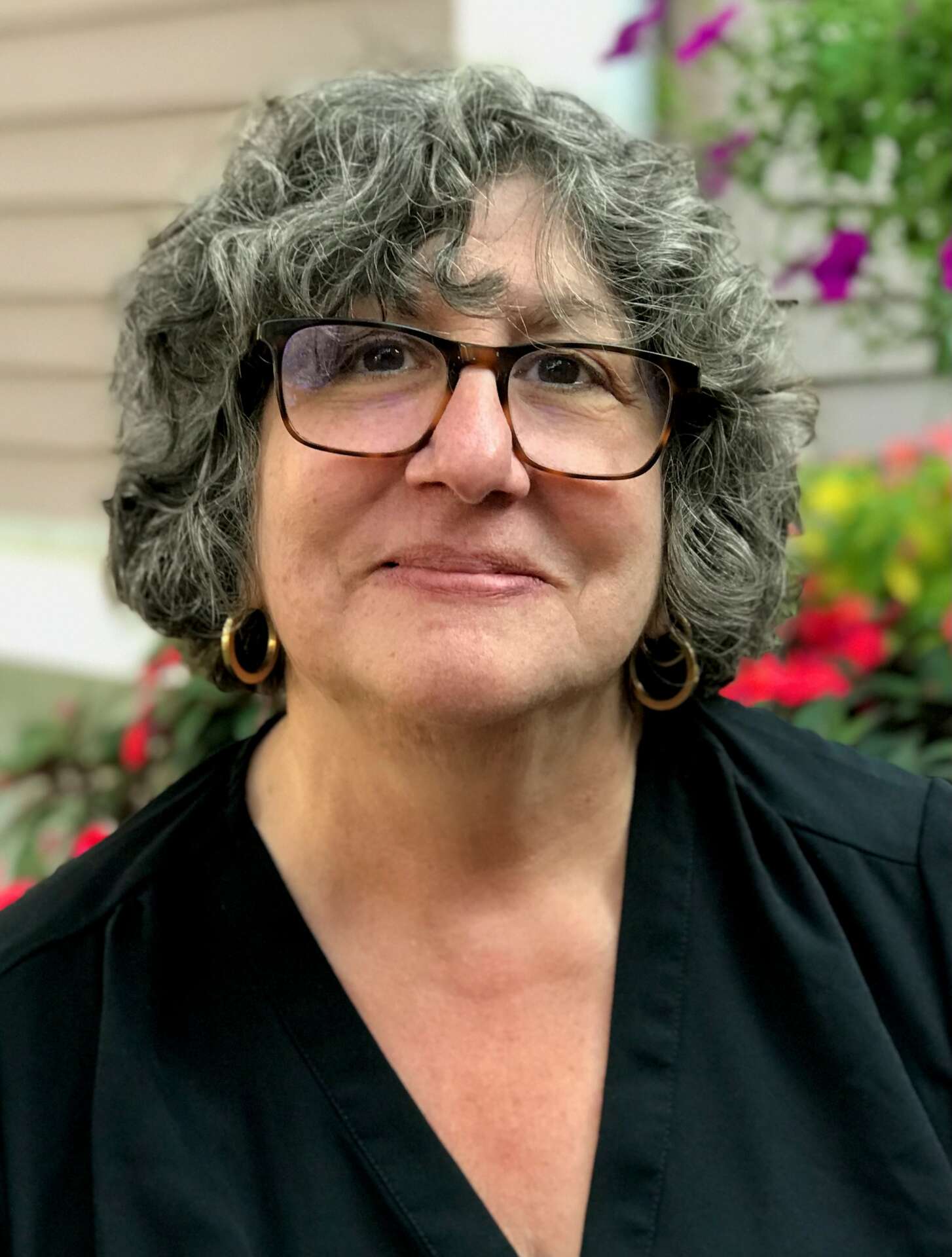Alright – so today we’ve got the honor of introducing you to Paula Tognarelli. We think you’ll enjoy our conversation, we’ve shared it below.
Paula, appreciate you joining us today. We’d love to hear about the things you feel your parents did right and how those things have impacted your career and life.
My parents encouraged us as children to express ourselves, our opinions and to be creative. They gave us a room dedicated to our creativity. We called it the “Play Room.” My brother hammered copper nail after nail in the room’s floor. Wall to wall were nail heads. Today my brother is an inventor and engineer. I would paint murals on the walls and ceilings. And paste collages there as well. For my summer job in high school I painted murals in peoples’ homes.
As a family we would walk in the woods identifying trees by their leaves and turned over stones to observe what lies beneath. We would sit by the roadside and paint the landscape. If we found bark that had fallen from trees my mother taught us how to make small canoes by sewing the bark together. We made igloos out of paraffin wax cooked on the stove and one time we built Abe Lincoln’s cabin out of the insides of corrugated cardboard.
Reading was a way of life for us. But it wasn’t always. In learning how to read I didn’t understand the concept. I thought one had to read the whole book in one sitting. I never could and it gave me great anxiety especially when called to dinner. My dad saw the issue and said to me that what I was doing wasn’t necessary. My response was that I couldn’t remember everything I read. He told me that all I had to remember was where to find the answers. This, I believed, jumpstarted my massive book collection, and other collections, that continue even until today.
Aside from books I have collected many ‘things” over the course of my whole life. It started with horse chestnuts stored inside the bulkhead in my father’s white sock. I would pull it out occasionally to compare the shapes of the nuts or to rub the smooth casing of the nuts on my cheeks. The chestnut color would appear in my paintings on the walls of the playroom. A fascination with snails followed as I watched their courses on the cement foundation of our childhood home. I thought it was their way of communicating with me as if it were a language. Under the supervision of my dad, I kept shrimp stored in formaldehyde that we dissected to understand. I owned a microscope and a telescope. My collection of the elements rivaled any science museum’s collection, along with my mineral collection. I was born to collect and it is not surprising that I grew to hold a curator and director position in a photography museum later in my life.
What my brother and I learned from our parents was to examine life from all perspectives. They taught us to be the things we see from the perspective of the subject. I believe this gave us empathy. They taught us to explore and ask questions, to look at the past and keep an eye towards the future. Other learned behaviors was to not be quick to say “no” but imagine “maybe”. But really what they really taught us is to be open to change and how to implement it in our lives and in the lives of others.

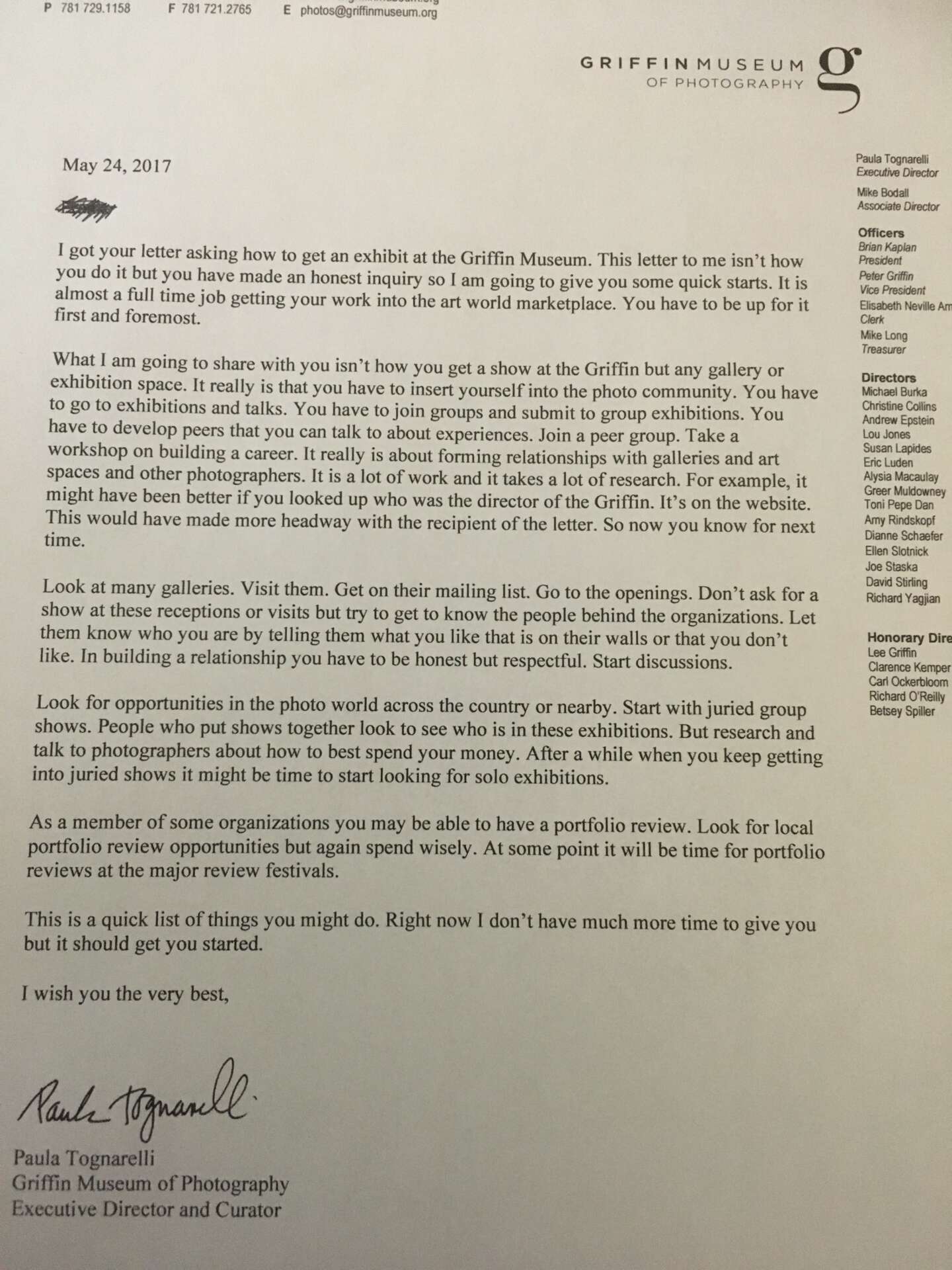
Awesome – so before we get into the rest of our questions, can you briefly introduce yourself to our readers.
After graduating from college, I found a job in the printing industry. There were not many women working in the field at that time. I began as an apprentice doing image assembly. What photoshop does today image assemblers would do then all by hand. We worked in the darkroom or on a light table altering images by hand either by reducing or increasing screen values of imagery through etch or overexposure or cutting masks or windows by hand. One of my first hand assembly jobs was to take out all the windows of the Copley Plaza Hotel in Boston and put in new windows that an eventual hotel construction company would perform. The hotel wanted to make postcards before the actual building alterations were scheduled. In retrospect I loved this job as I felt accomplished every day going home having made something with my own hands.
I stayed in printing from 1976 through to 2001 rising from craftsperson to supervisor of one department to Director of Technology to Plant Manager and then VP of Operations in a company that included 12 other companies across the United States. As the Director of Technology, my job was to transition the whole company from analog processes to completely digital workflows. We were pioneers without a compass. At one point Printing Impressions named me one of 12 women across the United States who contributed to major digital advances and workflows in the printing and graphic arts industries.. It was a trying time as there were no help desks nor customer support teams. We were on our own navigating unknown territories. And as I have learned in life people hate change.
Needless to say in 2001 after September 11th I made the decision to leave the Graphic Arts. As I was an art major in college, I wanted to nurture my creative side. I quit my job, leaving behind a lucrative salary in order to not have any regrets in life. We come this way only once. My thinking was that I was good at business and I loved the Arts. I thought that there must be a way to use both skills. I decided to go back to school for my Masters in Arts Administration at Boston University. As the oldest student in my class I made it through to 2003. While still in grad school I did an internship at the Griffin Museum of Photography where I worked for free. I learned practical application of what I was learning in school and my business background helped the museum. I became the Deputy Director before I graduated BU. In 2007, I became the Executive Director and Curator for the Griffin Museum of Photography, producing on average 54 exhibitions a year at the museum. I frequently reviewed at national and local portfolio events and jumpstarted hundreds of photographers’ careers. I retired a year ago in January 2022 at the age of 67, again as to not have any regrets in life. We come this way but once.
I have since started a business with four other individuals. The business is called Firestarters. Each Firstarter specializes in a certain service. I offer my services as a project manager. We have a designer, a website builder, an art installer and a printer and framer of artwork.
My success in life has been that I believe in looking forward at what “could be” on the horizon. I’m always thinking about the threats and opportunities ahead. I’ve been called paranoid but I think it is a good business practice instead. I like to anticipate what could be. It is also very important to learn from the past. I tend to say “yes” before “no” but make sure I’ve wrestled with “the how to”. I tend not to follow what others do but find our own way. Cross training and team work has always been part of my management style. It is an opportunity to keep staffing down. It provides coverage when people are sick or vacationing. It also makes every employee feel valued. Every one of our employees went on to bigger and better jobs, I believe they could because they were empowered.
My philosophy about helping artists is to find out what they want to accomplish and to listen to them. I feel my job is to help them realize their goals and not the path I think they should follow. It also means having honest and open dialogue.
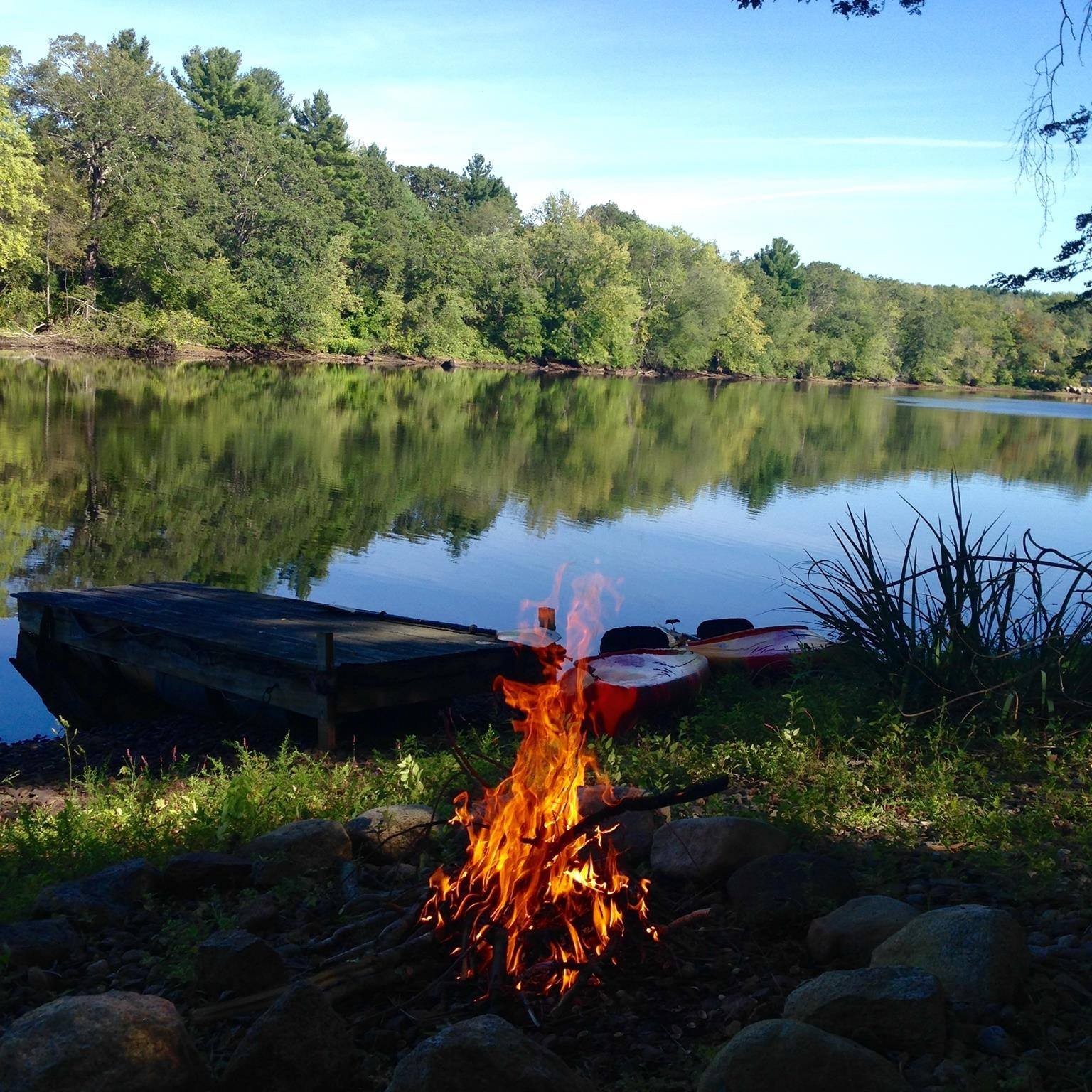
We’d love to hear a story of resilience from your journey.
I think the one journey we all will understand is how we stayed alive as a business during the pandemic. Thankfully the PPP’s helped tremendously to navigate this heart-wrenching period in our lives. For the museum it turned out that the financial institution we used for years decided not to involve themselves in administrating the PPP process. The other issue was that the banks in our area would only service those who utilized their banks. This meant we were in grave danger of not receiving PPP funding. I spent every hour of my day trying to find a bank who would service us and take our application. I wouldn’t give up. But eventually PPP funding was running out and I still couldn’t find a source who would process our application. Needless to say my juices were running at a clip.
I was watching MSNBC one night and the former head of the Small Business Association was interviewed about the PPP application process. I wrote her name down. I googled her and found a means to contact her online. I wrote of my inability to find a bank to take our PPP application and submit it to the SBA. It was midnight. Her assistant got my message and she contacted me immediately. She counseled me to seek a digital bank and stop looking at brick and mortar banks. She recommended several. I was so grateful. I stayed up the rest of the night submitting our application. I received an answer in the morning that our application was being submitted to the SBA. The following day we were approved for our PPP.
Thinking outside the box, keeping calm and not giving up despite tremendous angst helped navigate this worrisome position we found ourselves. The kindness of this woman who helped out a panicking stranger at 1 AM is the real heroine here however.

How’d you build such a strong reputation within your market?
The arts industry can seem elusive. I wanted us to make people feel at home within our walls. Our staff made guests feel welcome and personal. People responded and came often. We were accessible and friendly. We gave our time and they appreciated it. We spoke in a language they understood. We listened. And this is how we were able to differentiate ourselves from others.
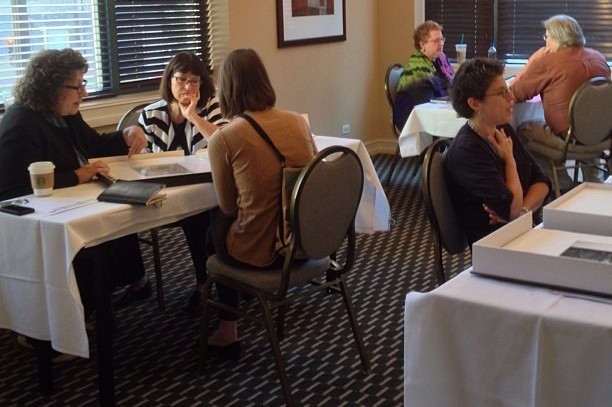
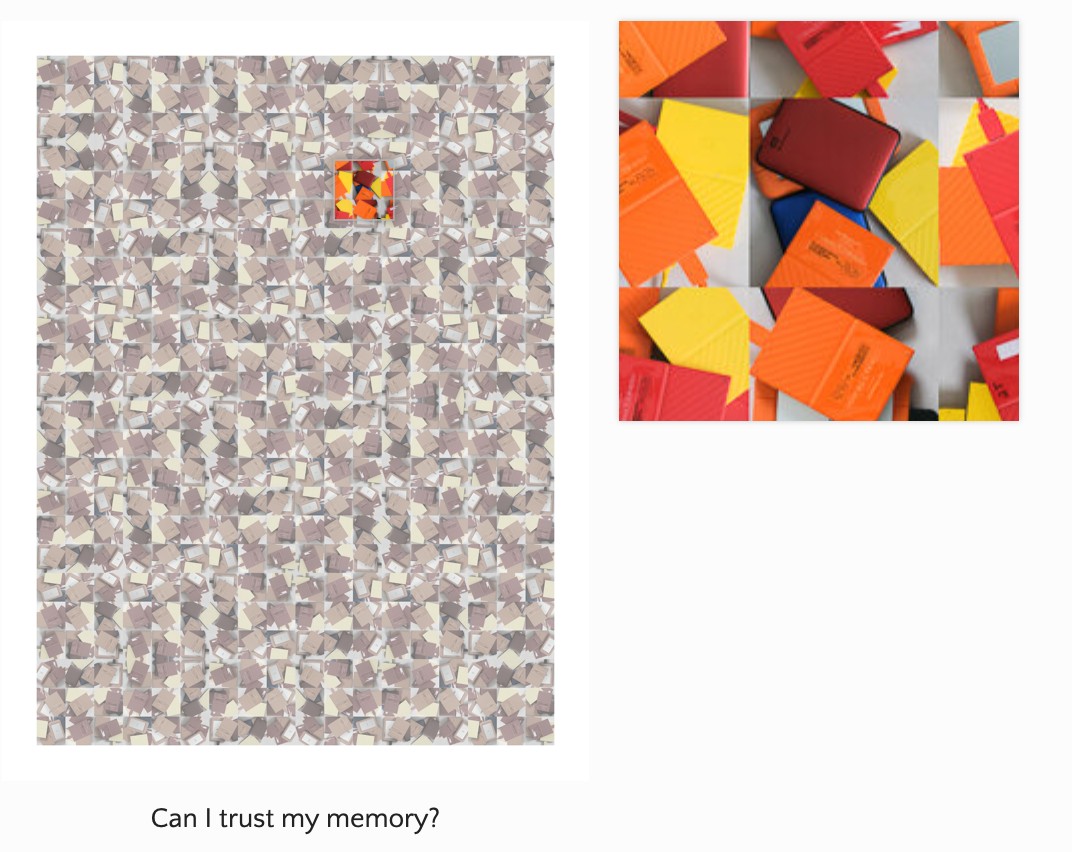
Contact Info:
- Website: https://firestarters.press
Image Credits
In/Sight Artist: Jane Yudelman A Portfolio review with Leslie Sheryll (http://www.lesliesheryll.com) with her portfolio “Pick Your Poison”. Photo by Paula Tognarelli. All rights reserved.


